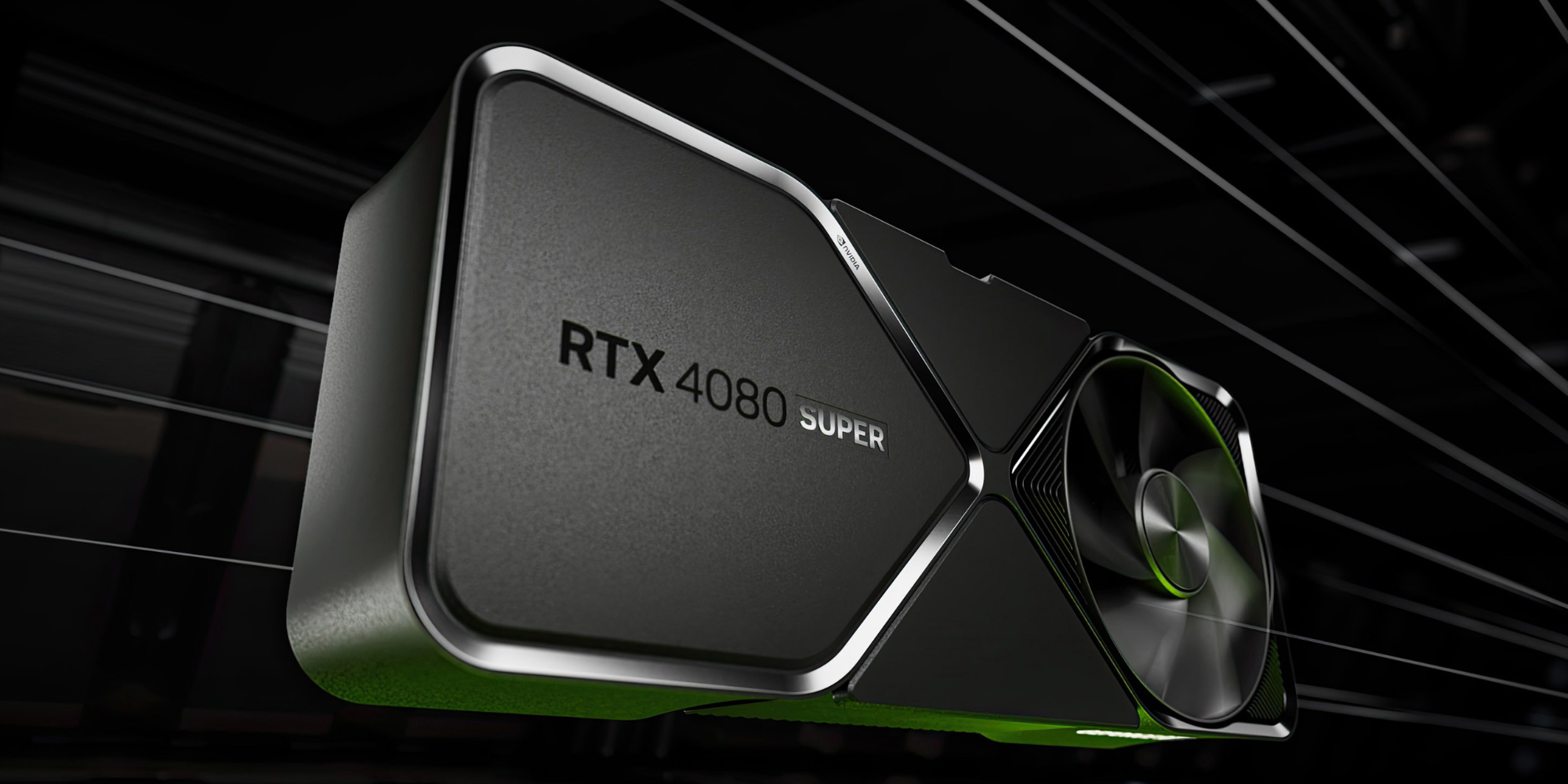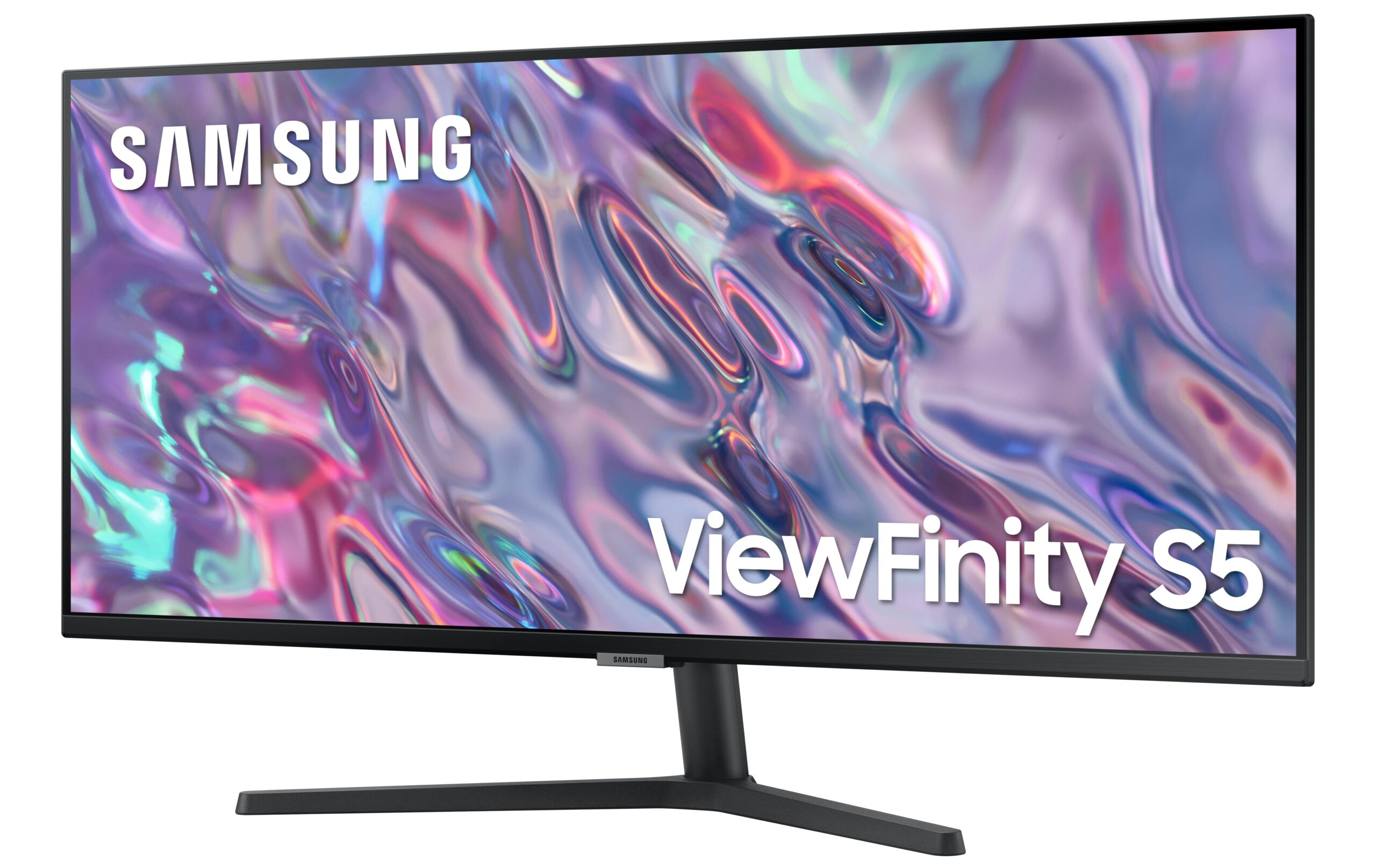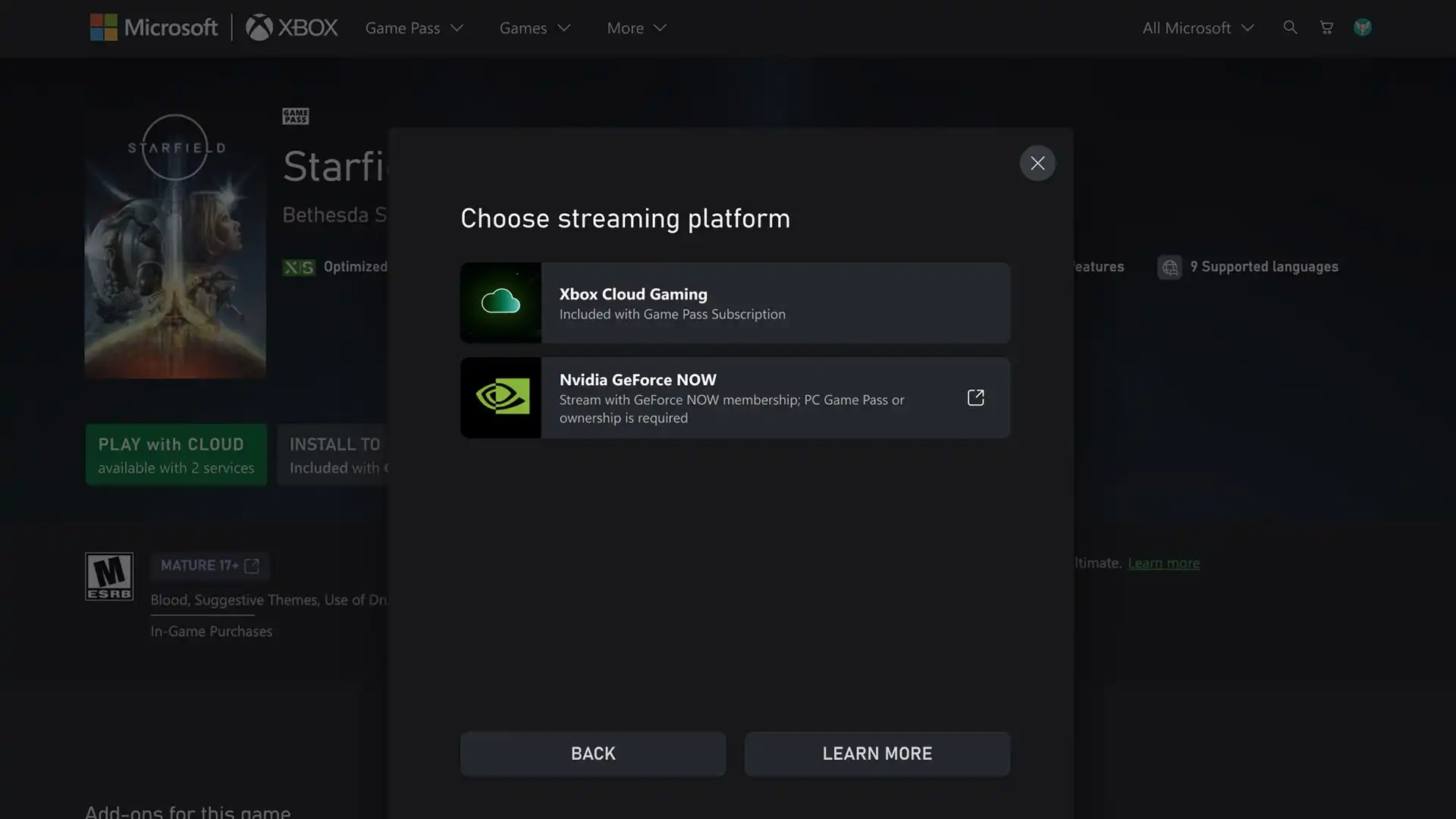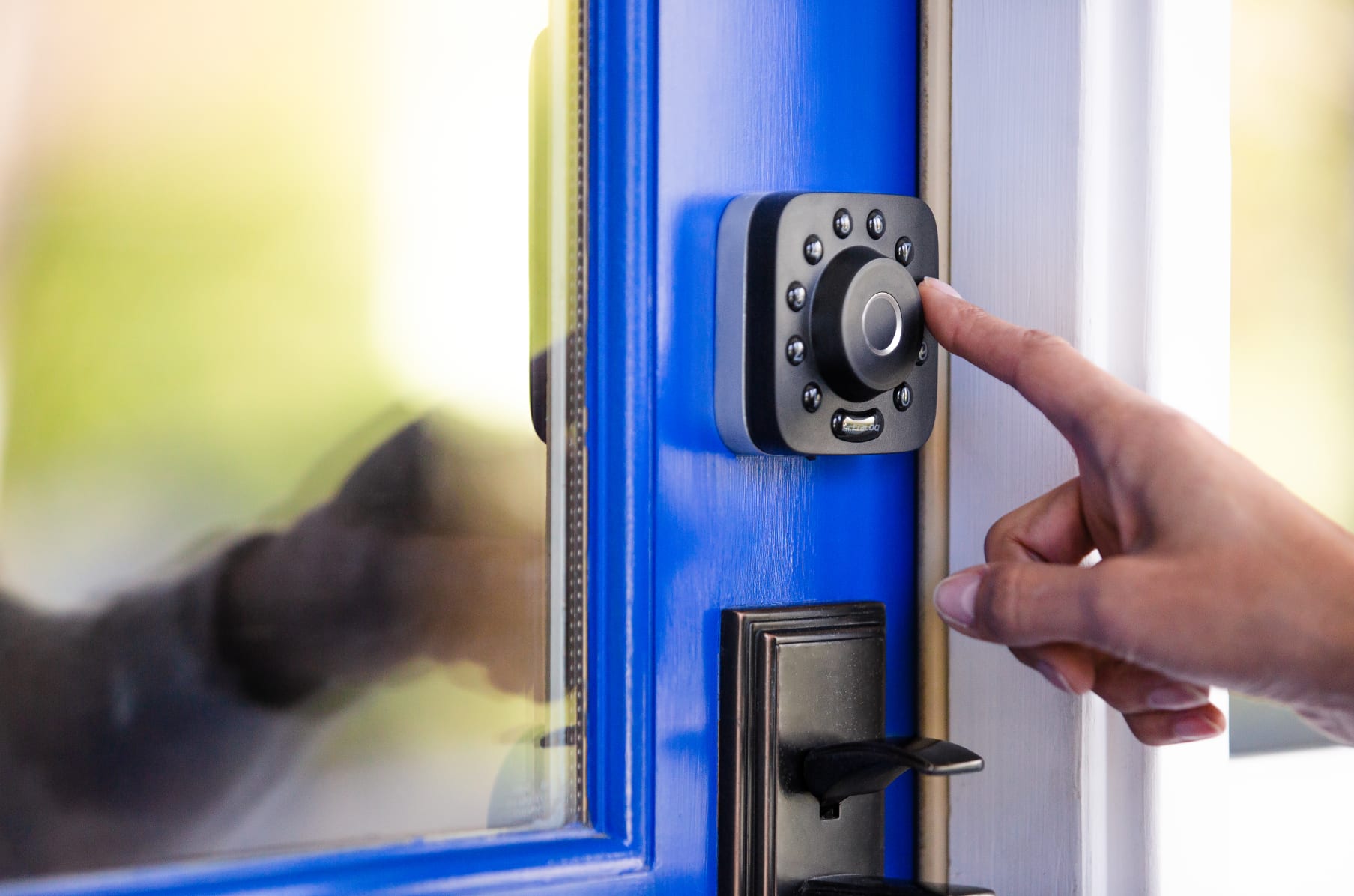When installing a new graphics card, the question often arises as to which temperature ranges are considered normal and when it gets too hot.
Each GPU has a maximum temperature set by the manufacturer that is considered safe. As long as the graphics chip operates within these specifications, everything is fine.
As soon as temperatures rise, cooling measures begin to take effect. Users often worry about so-called thermal throttling.
This is often misunderstood to mean that the graphics card throttles performance if it does not reach the maximum boost clock rate (boost clock). In fact, the base clock is the guaranteed minimum performance that the GPU achieves under load as long as it is within the safe temperature range.
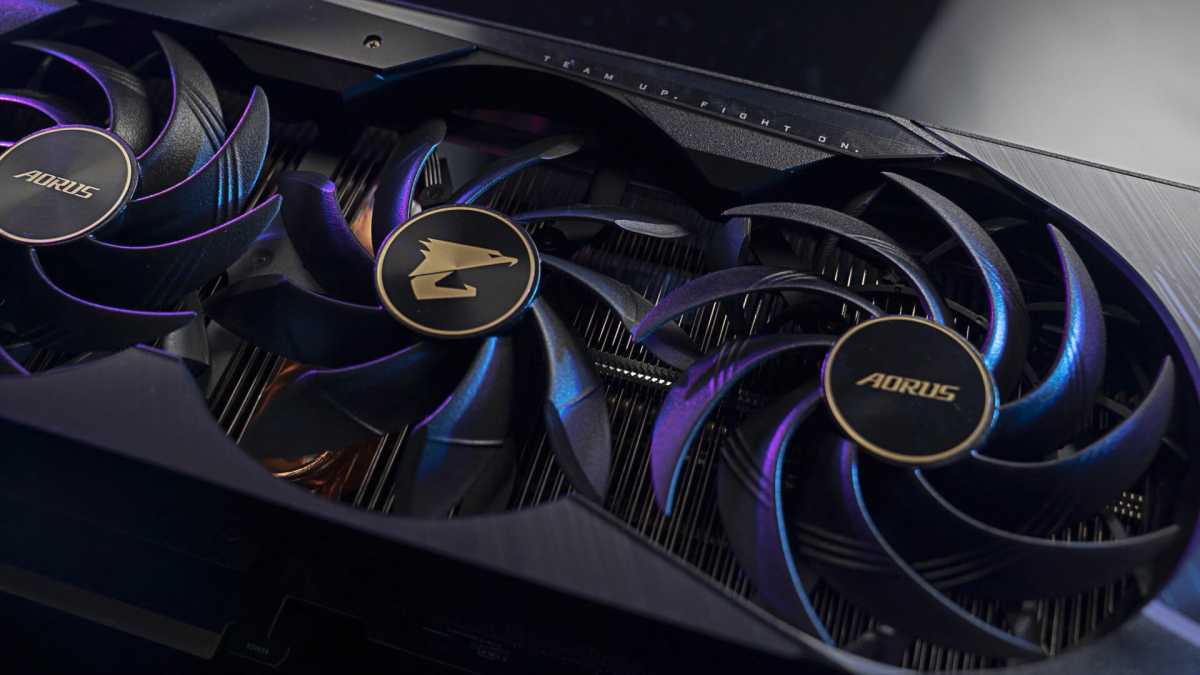
The boost clock, on the other hand, is the maximum speed that the graphics chip can achieve when sufficient power and cooling are available. Throttling only occurs when the graphics card reduces the speed below the base clock in order to bring the temperature into the safe range.
In gaming, the graphics processor is normally less heavily loaded than in professional rendering or calculation tasks. This is because there are many moments during gaming when the GPU is under less strain and can cool down.
As long as the GPU does not fall below the base clock and the boost clock remains stable, there is no reason to worry. Similar rules apply to the idle temperature.
As a rule, the idle temperature is only a few degrees above room temperature. Some GPUs switch off the fans completely when the load is low in order to minimize noise. As long as the GPU does not overheat under load, the idle temperatures are usually harmless.
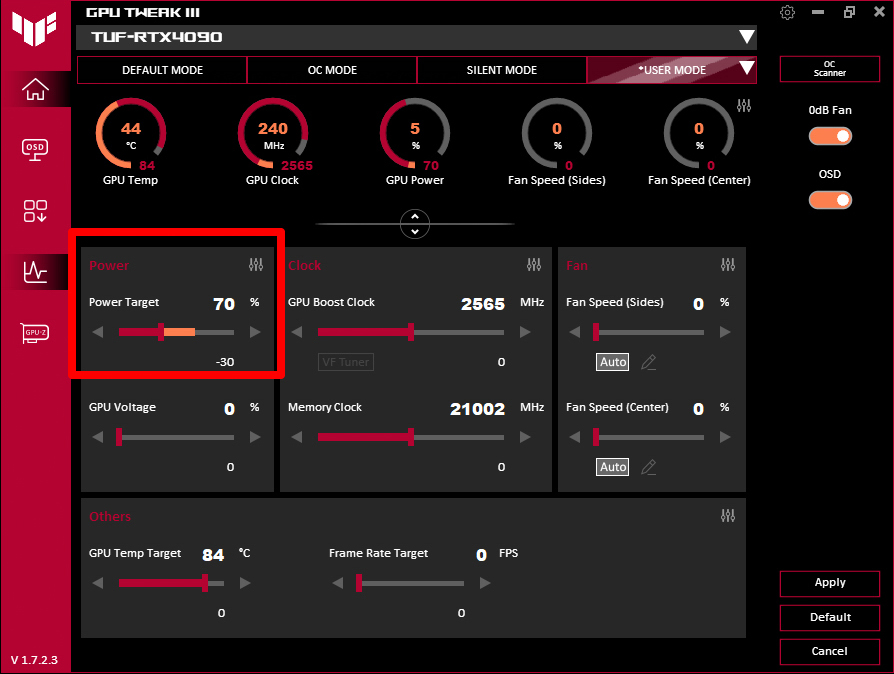
IDG
An increased temperature can indeed shorten the service life of a GPU. However, the time is often not significant enough to play a role in practice. The maximum temperature specified by the manufacturer takes into account the average lifespan of the chip, which is usually longer than the graphics card is even relevant.
However, if your graphics card is still overheating, there are several ways to fix this. Firstly, make sure that the fans of the GPU and the housing are working properly and that there is sufficient airflow.
If necessary, adjust the fan speeds and check the thermal paste between the GPU and the cooler. Upgrading the GPU cooler or undervolting the GPU can also help.

